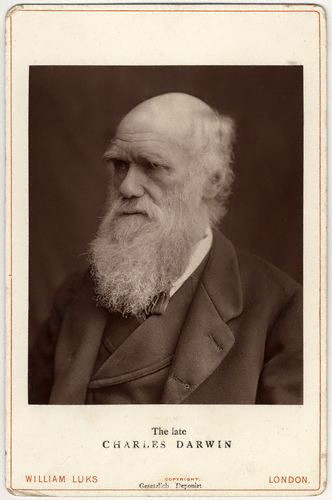ADDITIONAL RESOURCES FOR THIS STRANGE AND SACRED SCRIPTURE
Chapters 2 & 3Our Fleeting Moments in Paradise, Darkness over the Face of the Deep
Discussion Questions
Growing up, what were you taught about the origins of the world? When have you felt tensions between faith and science? Here’s an excerpt from Chapter 2: Our English Bibles could be summarized as follows: Adam and Eve live in the Garden of Eden until they get kicked out, where Cain kills Abel. However, given the meaning of the Hebrew, it would be more accurate to say: Humanity and Life live in the Garden of Delight until they get kicked out, where Spear kills Fleeting Breath. What do you think of this excerpt? What’s at stake in these claims? Chapter 3 discusses how ancient texts sometimes share ideas with the Bible. Had you heard of this idea previously? How does it reinforce or challenge your ideas about the Bible and its uniqueness? How does it reinforce or challenge your ideas about God’s love for those outside our faith? Most cultures have stories and explanations that describe:
How does Genesis 1–4 answer these questions? |
Above: Lock & Whitfield's 1877 photograph of Charles Darwin
A Quote to Contemplate The Cambridge Companion to the Bible says, “Within ancient cultures stories explained the origins of the world and humanity; these were ‘myths’—not in the popular sense today of something that is not true, but legends that enabled people to understand who they were and what their purpose was” (2nd ed.; New York: Cambridge University Press, 1997, page 53). If we adopt this definition of myth, is the theory of evolution a myth? Is the Bible a myth? |
Another Resource
|
Hays, Christopher B. Hidden Riches: A Sourcebook for the Comparative Study of the Hebrew Bible and Ancient Near East. Louisville: Westminster John Knox, 2014. (Amazon)
|
Next Chapter
Click here for a companion to Chapter 4.
Click here for a companion to Chapter 4.

